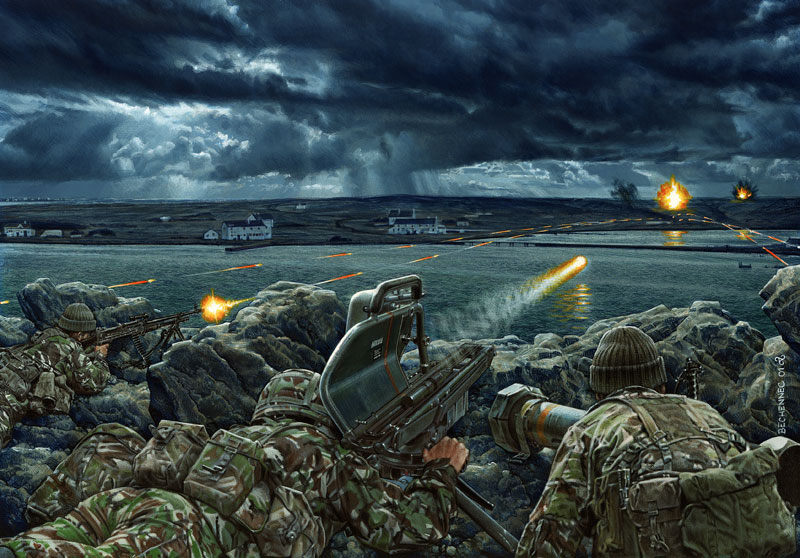So, I'm trying to read up on the various ATGMs of the Cold War and the relative merits and it struck me that the British were—by the late Cold War—using just about everything on the Western market but the HOT (as far as I know). They were using Swingfire and MILAN missiles on their AFVs and TOWs on their helicopters. Similarly, the Germans were using HOT, MILAN, and TOW missiles on their AFVs and helicopters at the same time.
How did these missiles compare to each other? Can anyone give me a basic, layman's terms rundown of them?

What I've gathered is that TOW and HOT were
very comparable, with HOT mainly being a European alternative. HOT was probably the better missile at certain points in its development, had a better warhead, and supported European industry. TOW, however, was faster, cheaper, integrated on more platforms, and available earlier.

MILAN is a smaller, lighter missile than most of the others, able to be fired from smaller platforms and definitely the best choice for infantry.

Swingfire is intriguing. The British during the Cold War advertised it heavily and everything I've read seems to indicate that the missile gave a good account of itself. It offered more options for firing from behind cover, remote guidance, etc. It packed a huge warhead and seemed to be a good fit for the Cold War battlefield. So why didn't it succeed? Well, as far as I can tell, it was never integrated on as many platforms (helicopters, for example), it was probably more expensive than the TOW, and it was
slooowww. When you have to guide a missile all the way in, you want it to get there sooner than later. You might miss more often with a slower missile, but you'll survive more often to fight another day on a high-intensity battlefield.
.JPEG)
TOW seems to be the cheap, cheerful, "does what it says on the tin" option. No nonsense, next day shipping available, etc. The convenience, cost, and proven reliability seem big selling points.
Is that admittedly very basic assessment roughly correct?
Cheers,
Logan